After the Taliban: Revisiting scarred Kunduz
- Published
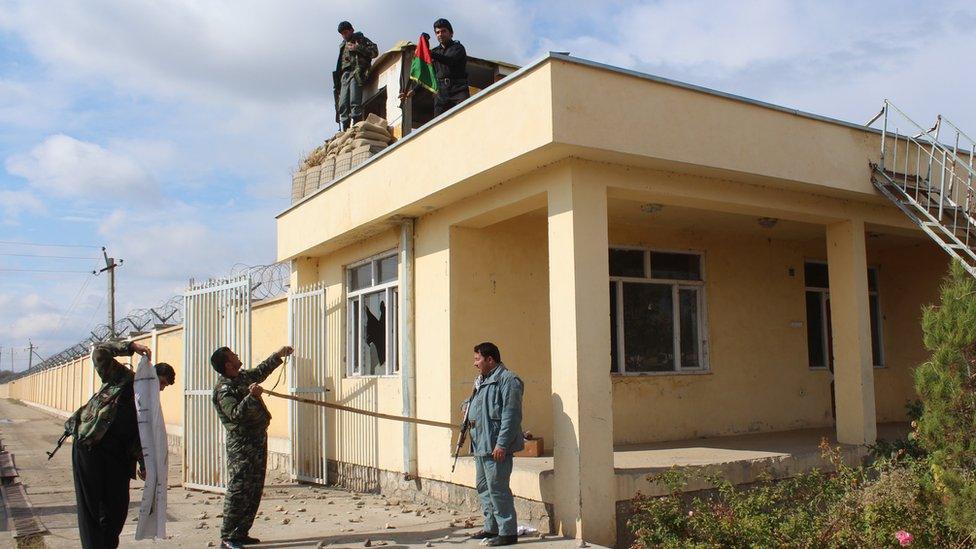
Afghan security forces replace the Taliban banner with the Afghan flag on a police post near Kunduz
The Taliban's brief takeover of the northern Afghan city of Kunduz in September shocked its residents as well as the Afghan government and its Western allies.
It was the first time the insurgents had taken control of a provincial Afghan capital since the Taliban were ousted from power in 2001. BBC Afghan's Syed Anwar went back to Kunduz recently to find a city getting back on its feet after government forces retook it in October.
Breakfast with the Taliban... then the fighting
Abdul Hafiz was one of hundreds of residents who encountered Taliban fighters on the city's streets after the early morning assault on Monday 28 September.
"I had just finished the dawn prayer when I went out at sunrise to ask my neighbours about the previous night's fighting," Hafiz recalls.
"On the street I saw a pickup truck with armed men in civilian clothes, I thought they were guards of some local commander, but it turned out they were Taliban fighters."

Taliban fighters swept into the city, brushing security forces aside
For Mr Hafiz it was a shock.
"The imam from the mosque called me and said that Taliban had captured parts of the city and were demanding breakfast," he says. "A neighbour and I prepared an animal slaughtered for Eid for the Taliban fighters who were in the mosque that morning."
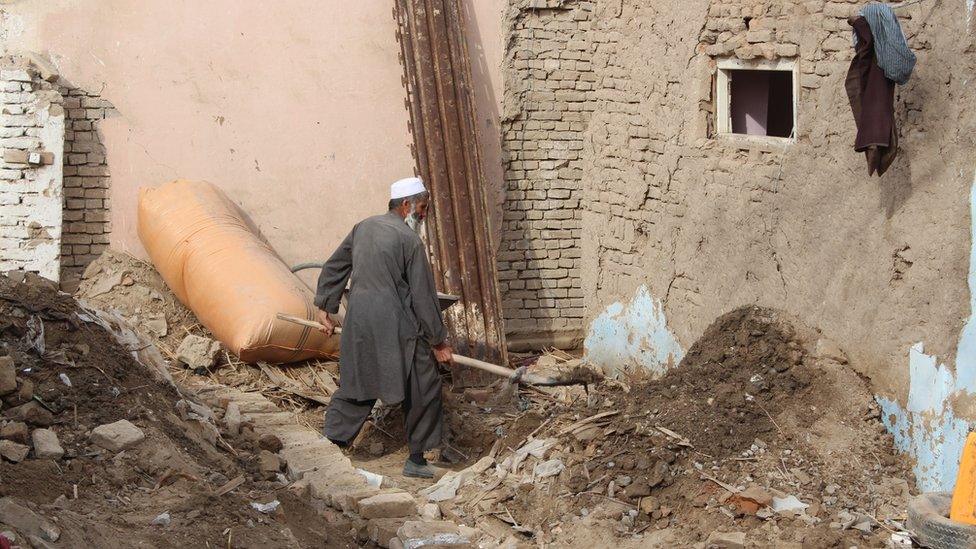
The battle for Kunduz has also caused damage to private property, but people are unsure whether they can expect compensation
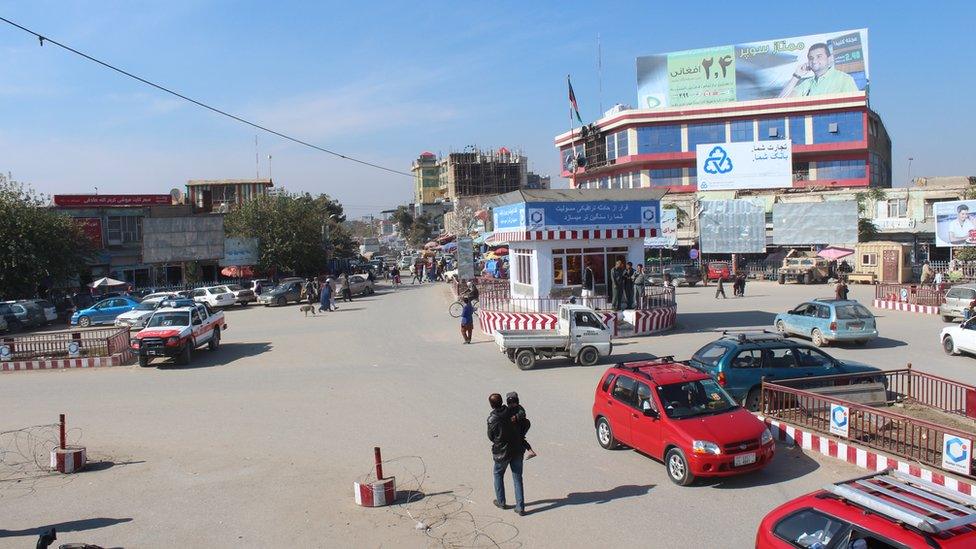
Kunduz Central Square changed hands several times during the battle for the city
Abdul Hafiz and his 15-strong family spent the next five days in the damp basement of their house as fighting raged between insurgents and security forces trying to drive them out.
The basement became bedroom, bathroom and kitchen for the entire family.
"We were not able to go out because bullets were hitting the trees around here and we were afraid of being injured or killed." Mr Hafiz says.
On the sixth day when food ran out and the fighting intensified the family left the city for Takhar province in the early morning.
Thousands of Kunduz residents had similar experiences.
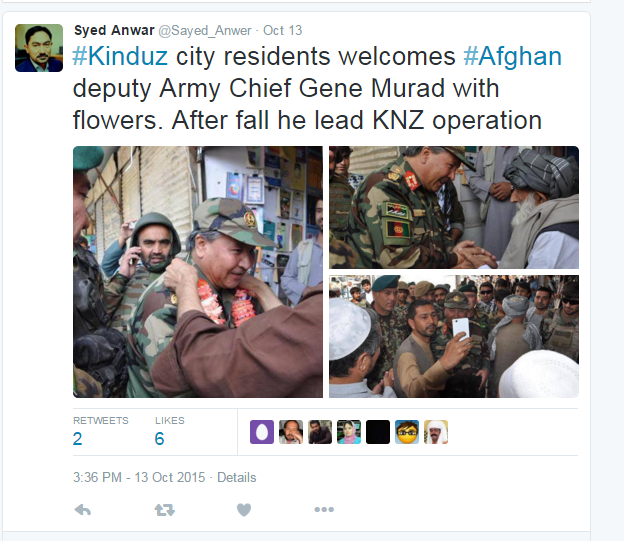
Hospital of death
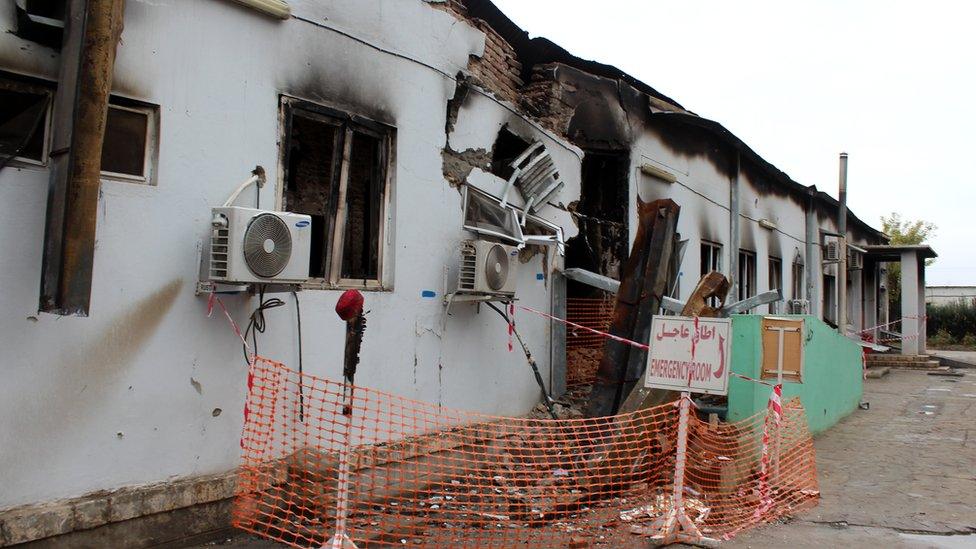
The site of the MSF hospital in Kunduz is now off limits while investigations are continuing
The US air attack on the Médecins Sans Frontières hospital in Kunduz on 3 October stands out as one of the worst disasters in Afghanistan's long conflict. At least 30 people, including patients and staff, were killed in the bombing, many incinerated in what turned into an inferno.
MSF said the attack violated the rules of war, while the US has now apologised for a "tragic error".
When we visited the ruins of the clinic, the gates to the burned-out complex were shut as several inquiries were still going on, but we were granted rare access.
As I entered the grounds I was reminded of a scene in a war film. The badly damaged and burned parts of the building were sealed off.
The doctor who showed me around was at work on the night the clinic came under attack.
"It is difficult to describe the moment when my colleagues were crying and dying," he told me. He could not say much more while matters were under investigation.
But the building spoke for itself - as did small details like the red cap of a victim left behind, or the simple question 'Why?' sprayed on a charred wall.
The (almost) empty prison...
Going back to Kunduz after the Taliban assault, we found a measure of normality returning to the city, though the scars of the battle are still visible in many places.
Kunduz prison was one of the main targets when the militants entered the city. Its walls and gate still bear the signs of bullet and rocket fire,
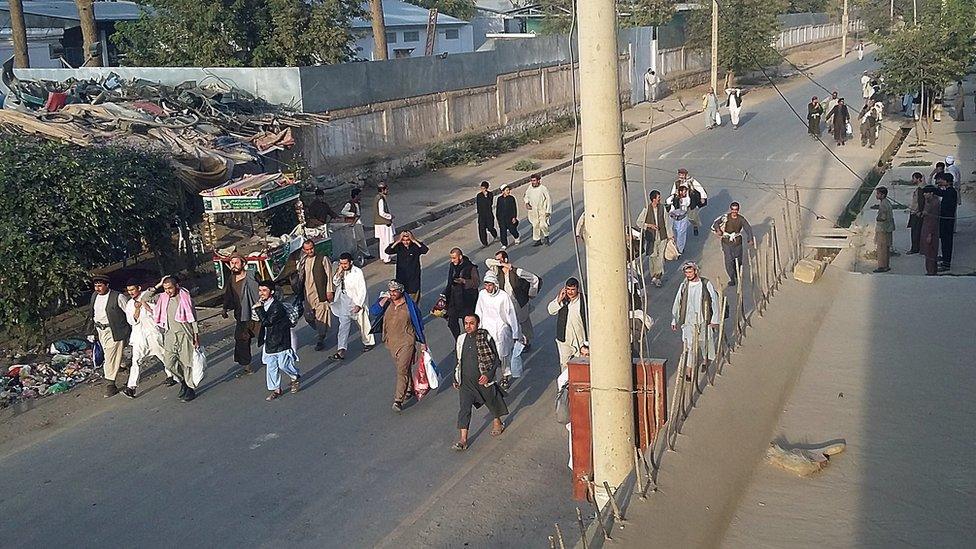
Prisoners freed by the Taliban were seen walking through the streets of Kunduz
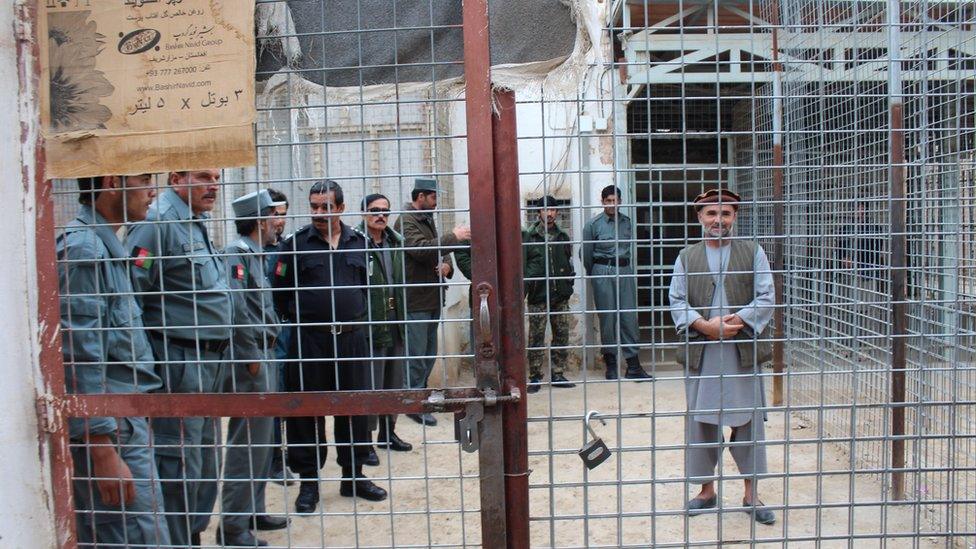
Now the prison is virtually empty - just 12 inmates returned
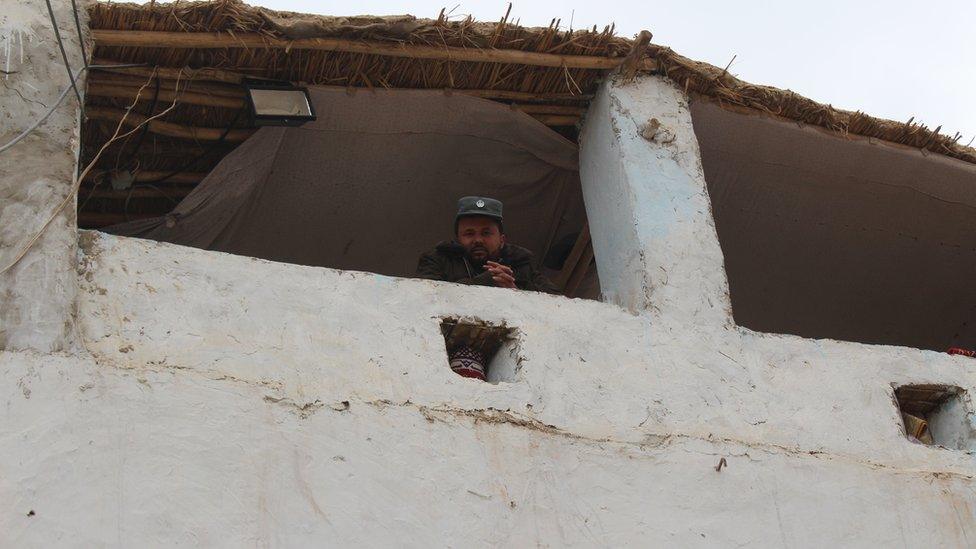
A guard looks out from a Kunduz prison watchroom
Taliban fighters freed more than 600 prisoners in the attack, among them nearly 150 insurgent fighters.
The prison was nearly empty when we visited. But against expectations we found that 12 prisoners who went missing had returned after the army retook the city.
I met two of them in the presence of guards. Both told me they had been jailed after being falsely accused of having ties with the Taliban.
"My arrest by the government was a mistake," Muhammad Nazir, 25, told me.
"But I don't want that mistake to be repeated because escaping from the law is not a solution in life. My parents are in Kunduz, I want to study at the university and be a useful member in my community."
Another inmate, Ghulam Sakhi, who has served five years of a 13-year-prison term, said he had not wanted to escape, but insurgent fighters left him no choice.
"When the Taliban entered the jail, they started firing, they forced us to go out," he said. "If we had not escaped we probably would have died here."
Trade deficit
Traffic and small business have returned to the streets of Kunduz, but the continuing insecurity has badly affected the economy and trade in the province.
We took the short trip to the Sher Khan border crossing on the frontier between Afghanistan and Tajikistan.
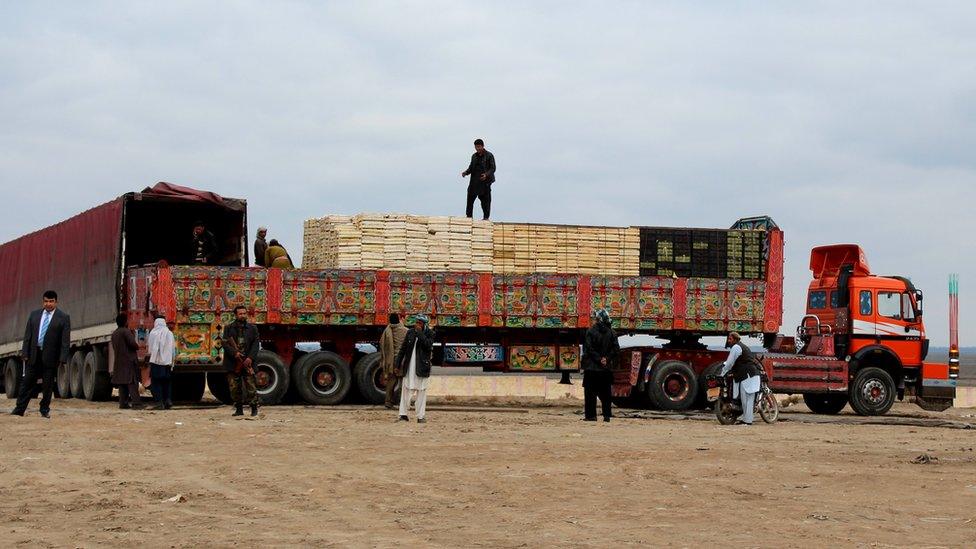
Trucks have been delayed on the Tajik-Afghan border in the wake of the battle for Kunduz
Dozens of trucks were waiting on the vast, dusty plain that stretches along this important link between South and Central Asia.
Officials told us that investors had taken flight and that trade and transit had dropped by 90 % in a year.
"Last year, we registered around 3,200 cargo shipments but in the past eight months we just saw 180," Shahbuding Bawar, the Sher Khan Port director, told us.
Prepare for Taliban return?
All that is unlikely to change soon because Kunduz remains on the front line between Afghan forces and the Taliban as sporadic fighting continues around several districts and villages near the city.
We accompanied Afghan troops to one of the battle lines, just five miles (seven kilometres) from the city.

There's still a front line near Kunduz with some districts and villages controlled by the Taliban
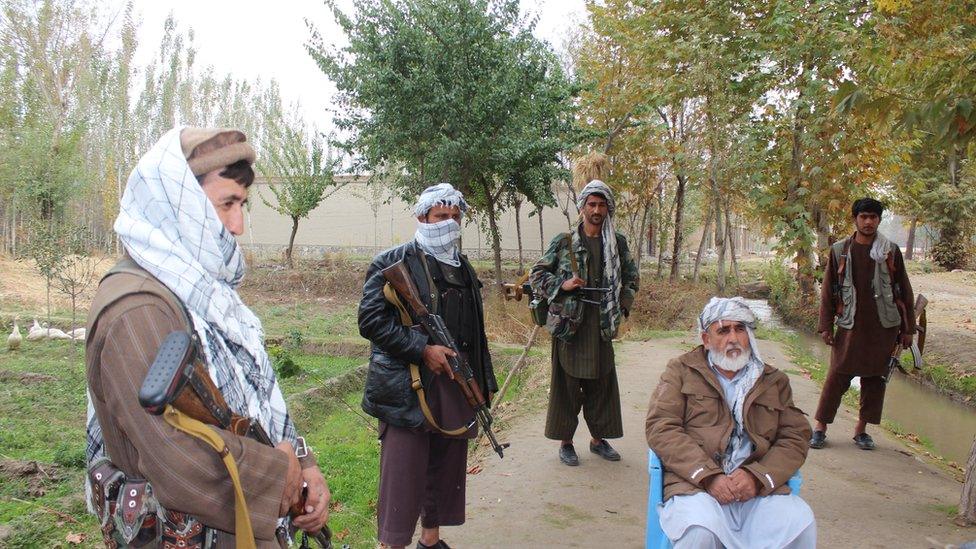
Mehrab, a local pro-government commander. Local militias frequently step in to fight the Taliban alongside security forces in many parts of Afghanistan
The police commander of the area showed us some Taliban flags hoisted above some houses in nearby areas.
When we met the acting Kunduz governor, Hamdullah Danishi, I asked him about the presence of Taliban fighters.
"We are launching clearance operations, but in order to protect civilian lives, we prefer accuracy over speed in these operations," Danishi said.
But he also suggested the government needed to change its strategy.
"Security forces should not wait for opponents," he said. "We have to target their sanctuaries before they can build up a strong presence."
Many Kunduz residents agree the Taliban should be pushed back this winter.
Otherwise, we were told, the insurgents could hit back stronger next spring.